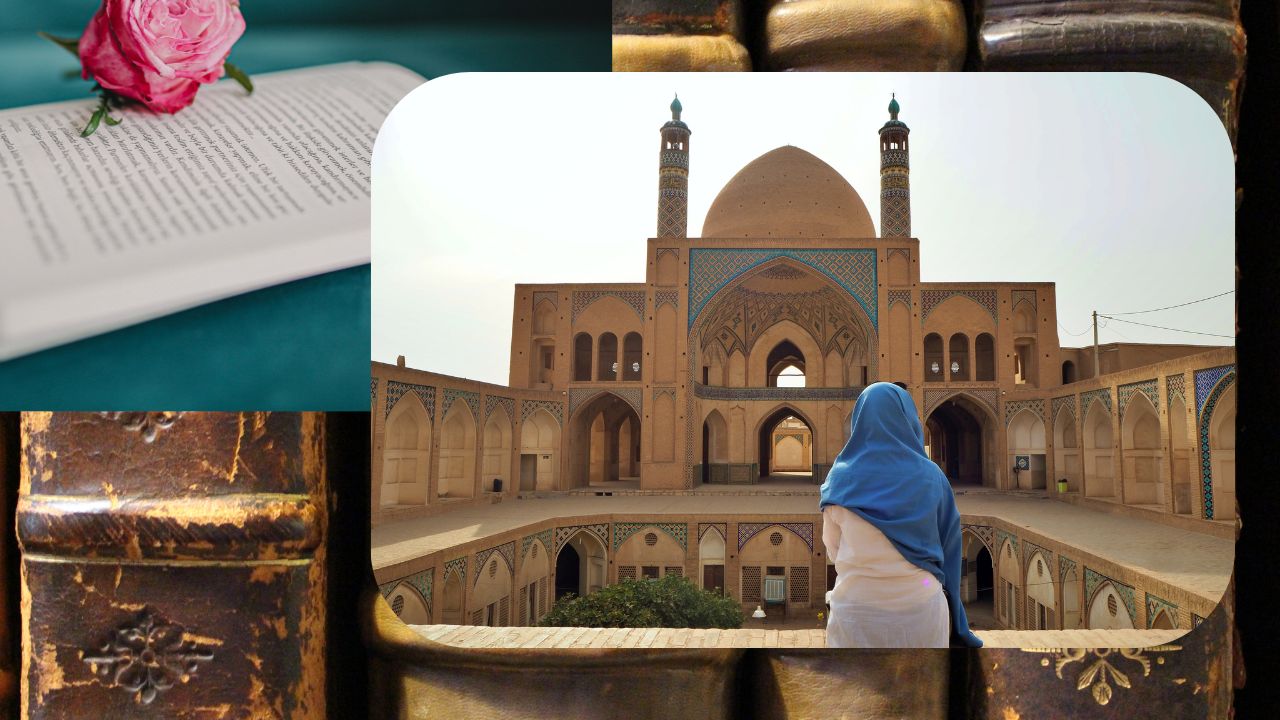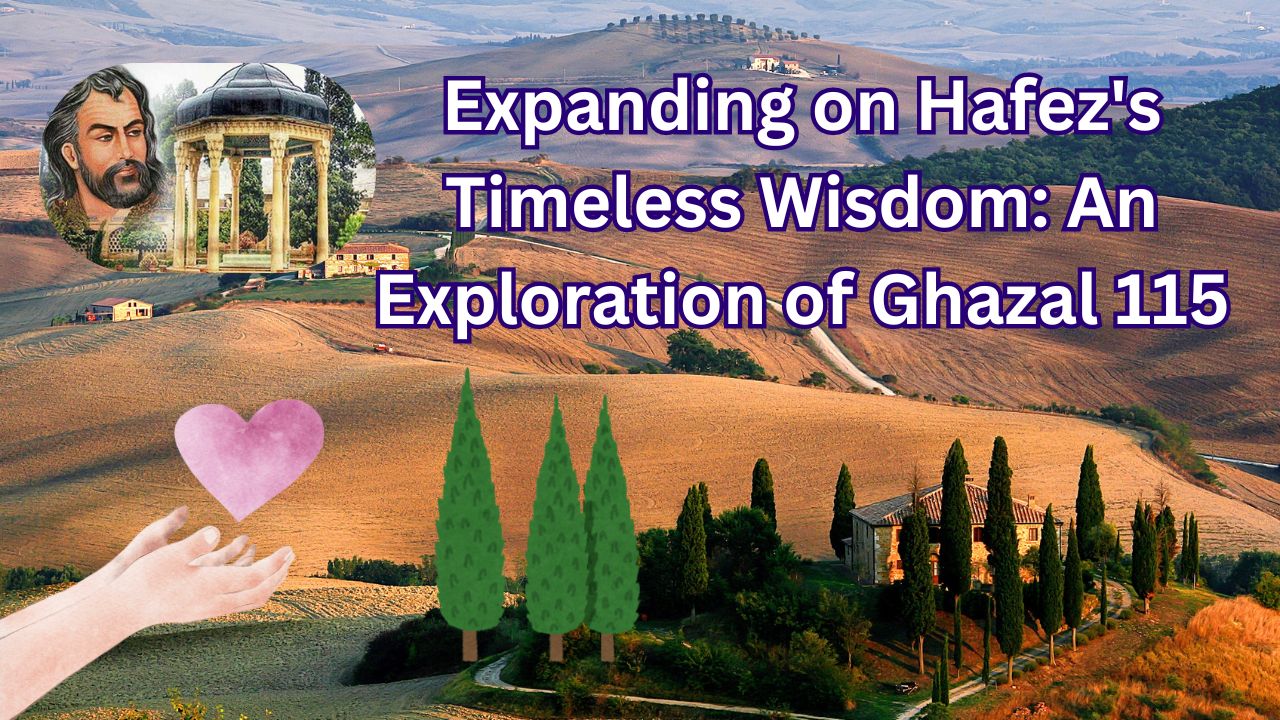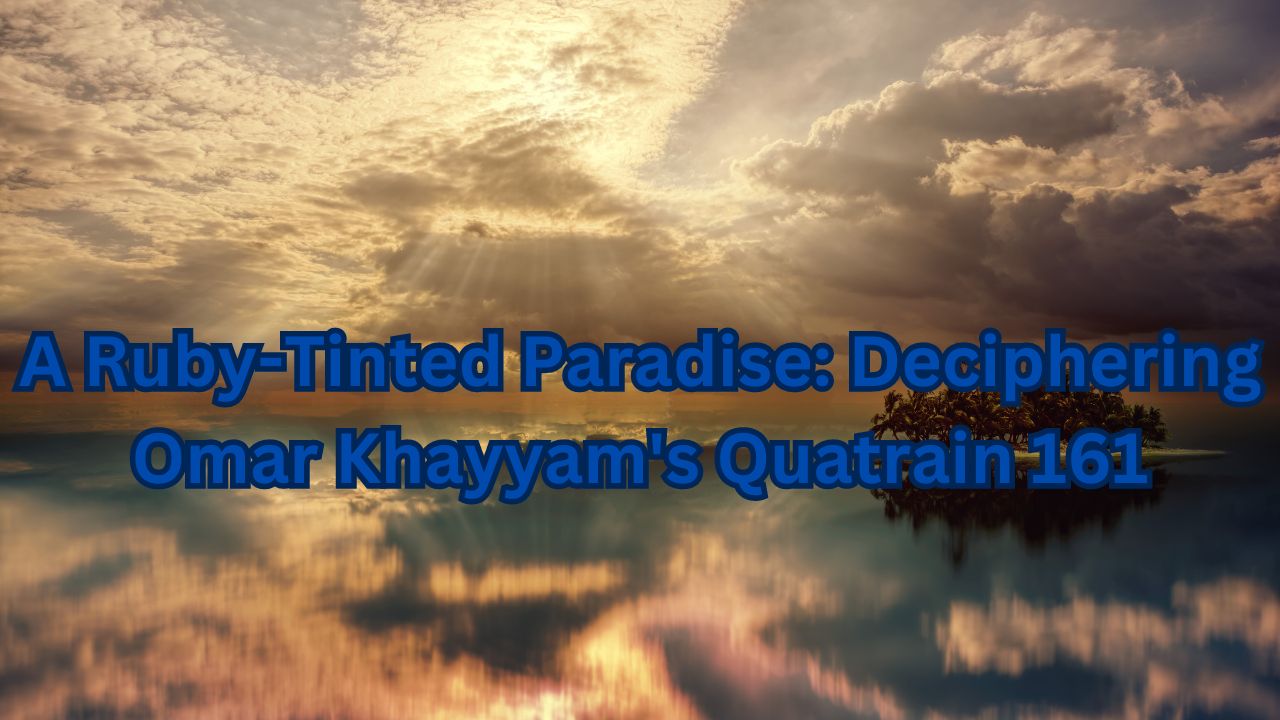Persian literature boasts a rich tapestry of poetry, and within this vibrant fabric, the voices of women poets have shone with increasing brilliance throughout centuries. From the constraints of traditional roles to the freedom of modern expression, these women have used their art as a powerful tool for self-expression, social commentary, and spiritual exploration.
The Classical Era: Hidden Gems
While the classical period of Persian poetry is often dominated by male figures like Rumi and Hafez, a closer look reveals a constellation of talented women poets. Figures like Mahasti Ganjavi, Padishah Khatun, and Jahan Malik Khatun, though fewer in number compared to their male counterparts, left an indelible mark on the poetic landscape. Their work, often veiled in the traditional forms of ghazal and qasida, subtly explored themes of love, loss, and longing, while also offering glimpses into the lives of women in a patriarchal society.
Modern Awakening: Voices of Change
The 20th century witnessed a seismic shift in Persian poetry, with women poets emerging as powerful voices of their time. Figures like Parvin Etesami, with her sharp wit and social commentary, challenged societal norms and paved the way for future generations. Forough Farrokhzad, with her raw and unflinching exploration of female sexuality and identity, became an icon of feminist poetry.
Contemporary Flourishing: A Tapestry of Expression
Today, Persian women poets are flourishing like never before. With a vast array of styles and themes, they are pushing the boundaries of poetic expression. Poets like Simin Behbahani, with her profound engagement with social and political issues, and Mina Assadi, with her lyrical exploration of love and loss, represent the diversity of contemporary Persian women's poetry.
Challenges and Triumphs
Throughout history, Persian women poets have faced significant challenges, from societal expectations to limited opportunities for education and publication. Yet, their resilience and determination have allowed them to overcome obstacles and create enduring bodies of work.
Exploring Further
To truly appreciate the richness and diversity of Persian women's poetry, it is essential to delve deeper into their lives and works. Reading their poems in their original language or in high-quality translations can offer a profound and transformative experience.
- Recommended Reading:
- Modern Persian Poetry: Iranian Women Poets by Mahmud Kianush
- Works by Forough Farrokhzad, Simin Behbahani, and Parvin Etesami
By celebrating the achievements of these remarkable women, we not only honor their legacy but also inspire future generations of poets to find their own voices and contribute to the vibrant tapestry of Persian literature.





